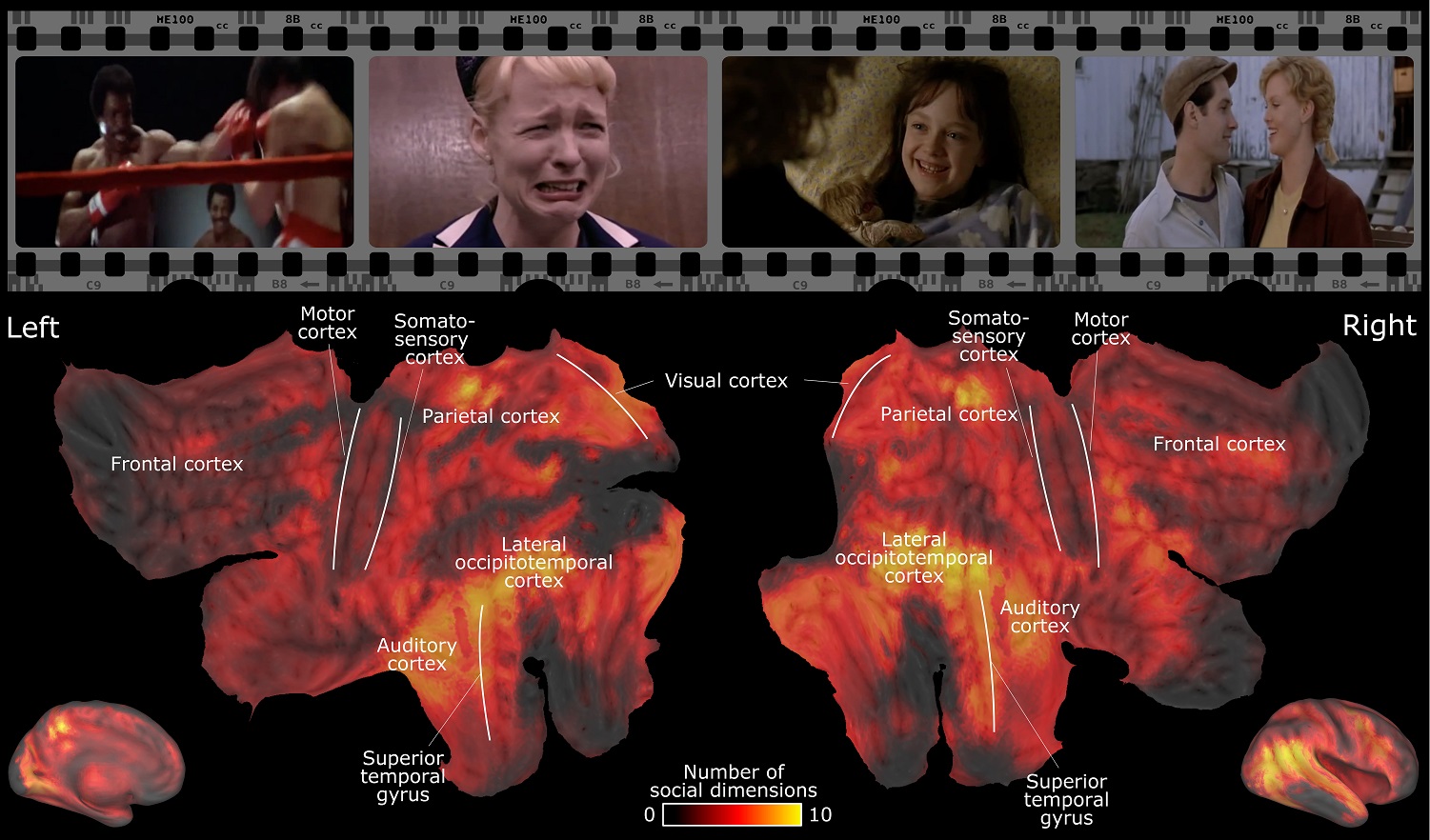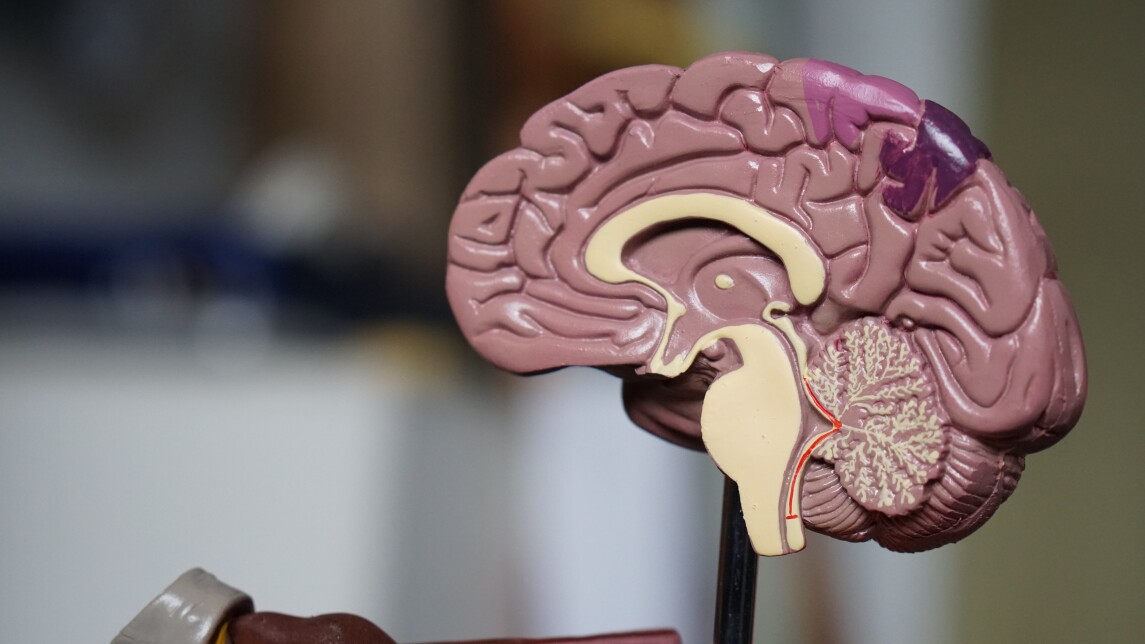A recent study conducted at the University of Turku shows that different people have similar brain activity when perceiving social situations. Researchers discovered an extensive neural network in the human brain that effectively processes various social information.
Social interaction is central to all aspects of human life. Interaction requires the perception and interpretation of the social environment as well as flexible reacting to other people’s behaviour. The human brain is capable of such perception and decision-making automatically and rapidly. However, the social information processing mechanisms of the brain remain unresolved.
The study conducted at the Turku PET Centre revealed an extensive neural network in the human brain that processes various social information. The study showed that the social perceptual world of humans consists of a limited set of main dimensions, such as antisocial behaviour, sexual or affiliative behaviour, and communication. These social dimensions are processed in various brain regions located mainly in the back of the brain, more specifically in the occipital and temporal lobes.
With neuroimaging, researchers observed that brain activity in the brain regions important for social perception is synchronised between different individuals when they watch movies depicting social situations. The synchronisation of brain activity means that the processing of information is, on average, similar between different individuals.
“Our findings indicate that the brains of different people process different social features similarly, and certain regions in the back of the brain are the most important hubs for social perception. People perceive things related to concrete and immediate action, such as pain and violence, more similarly than abstract social features, such as insecurity or trustworthiness of other people,” says Doctoral Researcher Severi Santavirta from the Turku PET Centre at the University of Turku.

Brain networks for social perception. The image presents the left and right hemispheres of the brain. The brighter the colour is in the brain region, the more types of social information are processed in the region. Image: Severi Santavirta
Even though the study evaluated the occurrence of over a hundred social features in different social situations, the researchers discovered that the social perceptual world of humans consists of a limited set of main dimensions. The existence of these main dimensions means that for social information processing, it is important to perceive the basic elements of a social situation that create the basis for interpreting the situation.
“When we studied the perception of different social features, we discovered that certain features are often perceived simultaneously, such as sexuality and passion, which in practice always occurred simultaneously. Based on these simultaneous occurrences, we were able to group the social features to a limited set of main dimensions. Examples of such features are antisocial behaviour, sexuality or affection, eating, humour or playfulness, communication and bodily movement. These main dimensions represent the main areas of social interaction and the perception of them enables rapid interpretation of social situations,” continues Santavirta.
In the study, short movie clips of different social situations were shown to 97 participants while researchers measured the participants’ brain activity with functional magnetic resonance imaging (fMRI) in real time. Another group of participants were asked to evaluate the occurrence of over a hundred social features in the same movie clips.
“The synchronisation of brain responses across individuals demonstrates how similarly we perceive our social environment. Other people are our most important context and synchronised perception of the world is essential for working together,” notes Professor Lauri Nummenmaa from the Turku PET Centre.
The results were published in the NeuroImage journal.
Watch a video showing brain activation while participants view social situations:
Video: Severi Santavirta
More information:
Severi Santavirta, +358443290195, svtsan@utu.fi (preferably contact via email)


